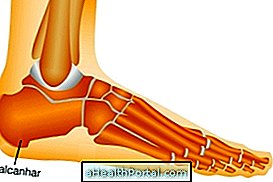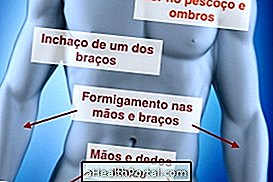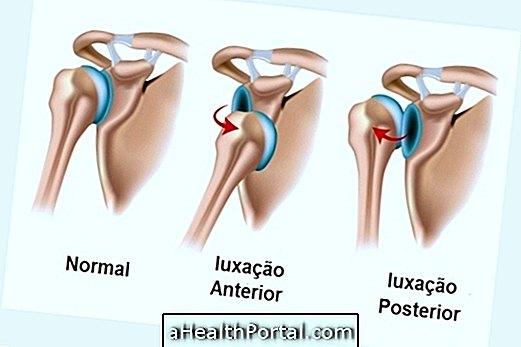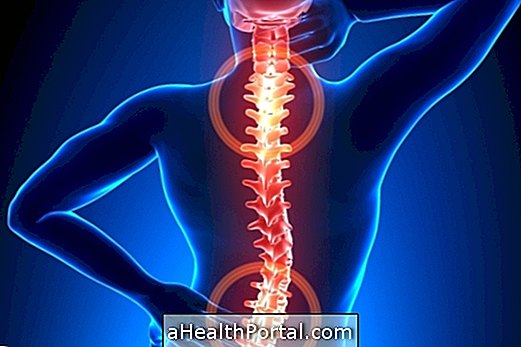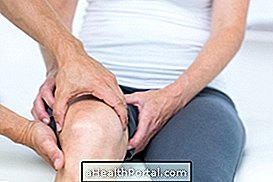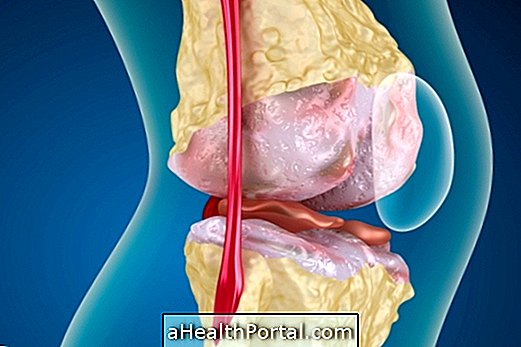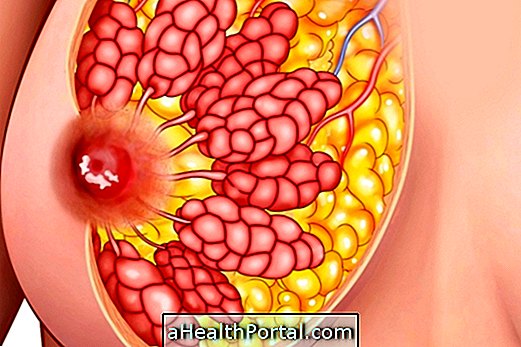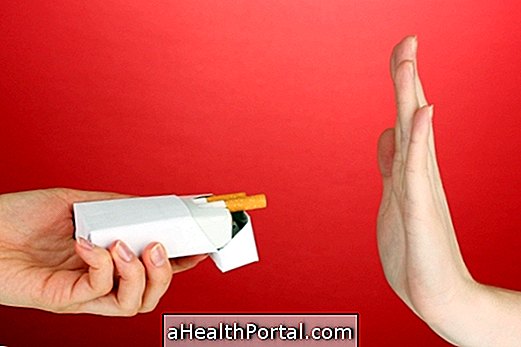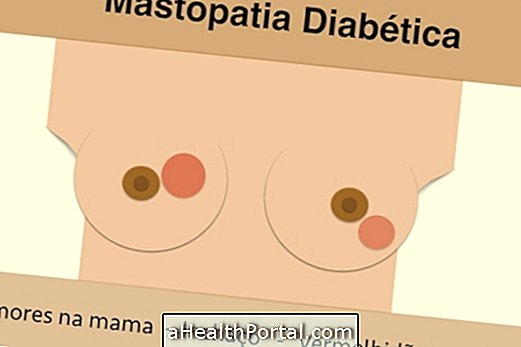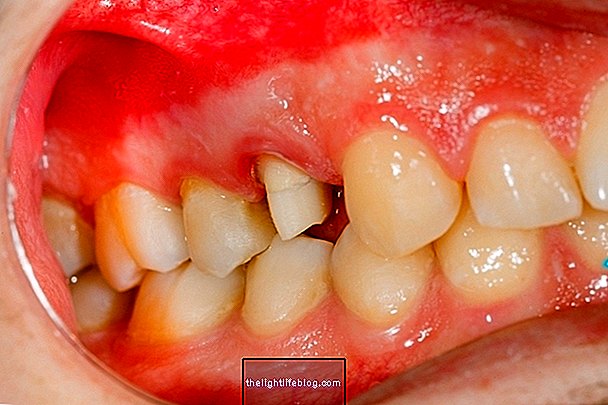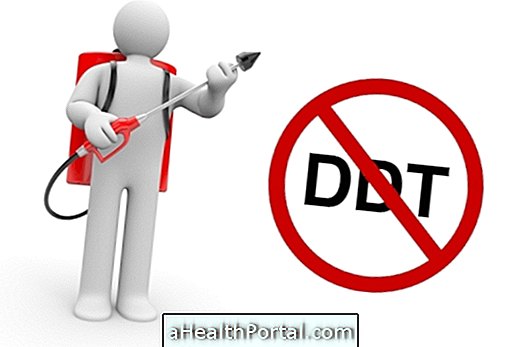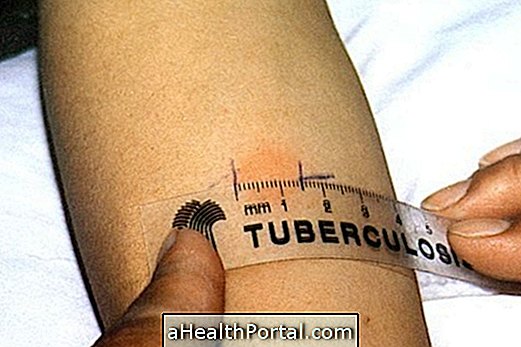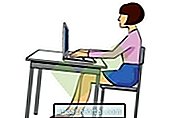After amputation of a limb the patient undergoes a recovery phase that includes treatments to the stump, sessions of physiotherapy and psychological monitoring, to adapt the best possible to the new condition and find effective ways of overcoming the changes and limitations that amputation provoked
Generally, limb amputation alters the daily life of the patient, however, it is possible to regain autonomy and make a life similar to the previous one as working, cleaning the house, cooking or practicing physical exercise, for example.
However, this recovery is slow and progressive and requires a lot of patient willpower to do the daily activities, being necessary to learn to walk again with the use of supports such as crutches, wheelchairs or prosthetics. Find out how in: How to get back to walking after amputation.
Dealing with limb loss
After an amputation, the person has to learn to live without part of a limb, which normally alters his / her body image and causes disgust, sadness and a feeling of incapacity, which can lead to the isolation or even the development of depression, for example
In this way, having psychological support right after amputation is important, to help the patient accept the new body image. The psychologist can take individual or group sessions, focusing on the most positive aspects of the patient's life, reinforcing it with praise or resorting to sharing experiences, for example.
How To Control Phantom Pain
Phantom pain usually appears after amputation surgery and, in most cases, are repeated attacks of pain on the side of the amputated limb as if it were still present. To control phantom pain you can:
- Touch the stump and massage it. Learn more at: How to take care of the amputation stump.
- Take an analgesic such as Paracetamol;
- Apply cold;
- Occupy mind, not thinking about pain.
This pain can arise soon after surgery or over the years, and it is necessary for the person to learn to control pain with the help of pain specialists so that the person can lead a life similar to normal.
Physical exercise after amputation
The person with limb amputation can do all kinds of physical exercise, such as swimming, running or dancing for example, but needs to make adaptations depending on their limitation.
Physical exercise should be done at least 3 times a week for at least 30 minutes and in addition to helping to maintain weight and strengthen muscles, it helps to gain strength, which is key to using walking aids properly, such as crutches
In addition, physiotherapy sessions also complement the practice of physical exercise done in the street or in the gym because they contribute to increased mobility and balance.
Feeding after amputation
The person with amputation should make a balanced and varied diet throughout life, without specific restrictions.
However, during the healing phase of the stump it is essential to make a food rich in healing foods, such as eating egg, salmon or kiwi daily, for example, to keep skin cells and tissues hydrated and healthy, facilitating healing and preventing infections. Find more in: Healing foods.
